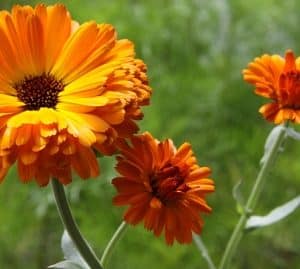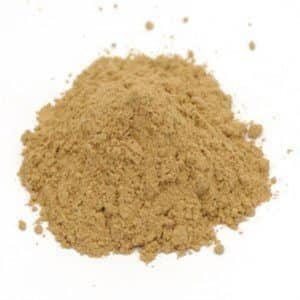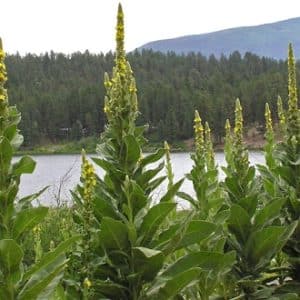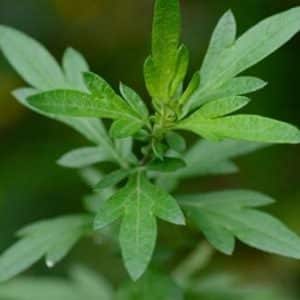$9.08 – $19.69
Chamomile is a gentle herb known throughout most of the world which has been used continually for many centuries. It is often ingested as a tea to calm the nervous system and the digestive tract, and is mild enough to be administered to babies with colic. Chamomile is soothing to irritated skin and membranes, and is often found in lotions and hair products.
German Chamomile is native to Europe and northwest Asia, where it still grows wild. It is cultivated in much of Europe and other temperate regions. The seeds are sown in spring or autumn, and the flower heads picked when in full bloom in summer. It is a sweetly aromatic annual, growing to about two feet, producing finely cut leaves and white, daisy-like flower heads. The receptacle of the compound head is hollow, which distinguishes it from other types of chamomile. The German or Hungarian variety is the most widely available for medicinal use, and is biochemically distinct from the Roman or English variety.
German chamomile has been taken for digestive problems since at least the 1st century CE, and is gentle, and suitable, enough for children. The Egyptians dedicated the herb to the sun and worshiped it above all other herbs for its healing properties. Hieroglyphic records also show that chamomile was used cosmetically for at least 2,000 years. Egyptian noblewomen used preparations of crushed petals on their skin. Greek physicians prescribed it for fevers and female disorders. Chamomile is one of the Nine Sacred Herbs of the Lacnunga, an ancient Anglo-Saxon manuscript. In a popular gardening book of 1638, it was valued for its sweet apple-scented leaves. Frances A. Bardswells Herb Garden (1911) states that chamomile has a remarkable effect on other plants and calls it the plants physician. Nothing will keep a garden so healthy, she says, as plenty of Camomile It will even revive drooping and sickly plants if placed near them. The botanical name of Matricaria is derived from the Latin word for womb because of its affinity for womens conditions. It eases menstrual cramps and pain in childbirth. Doctors in England and the colony of Virginia included it in their medical bags. In modern-day Eastern Europe, particularly Romania, children were sometimes asked to bring the herb to school during government run collection campaigns.
Key Actions




